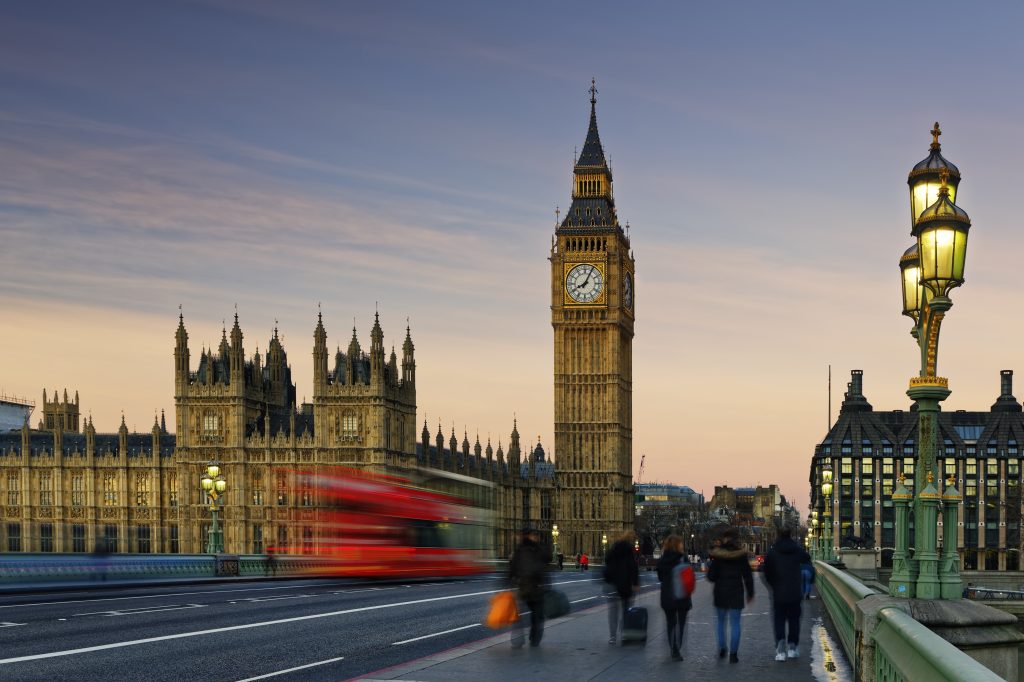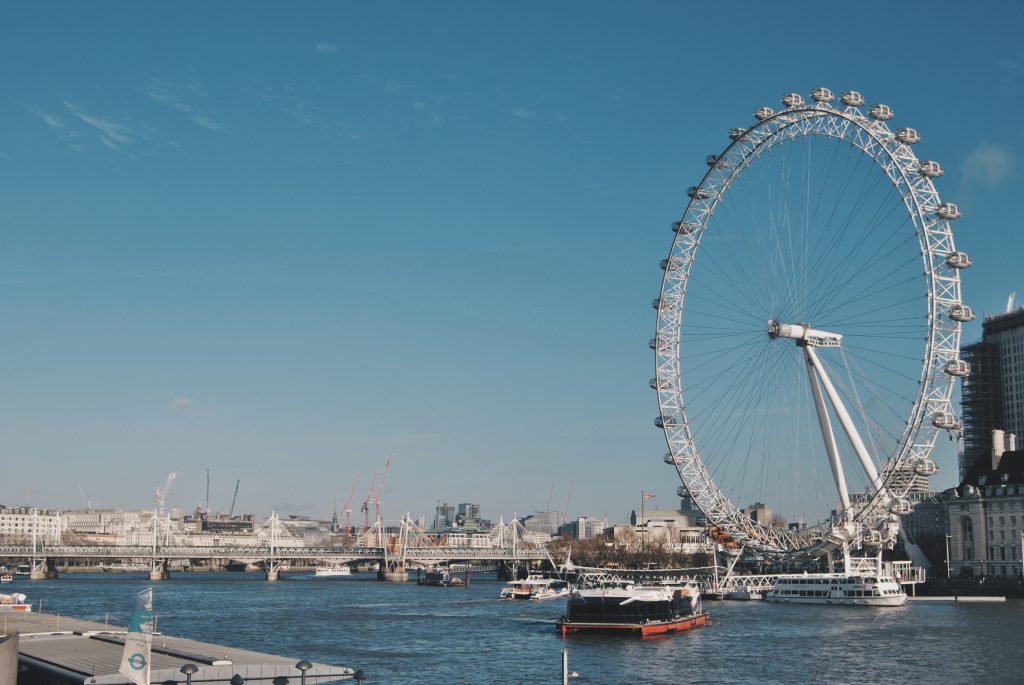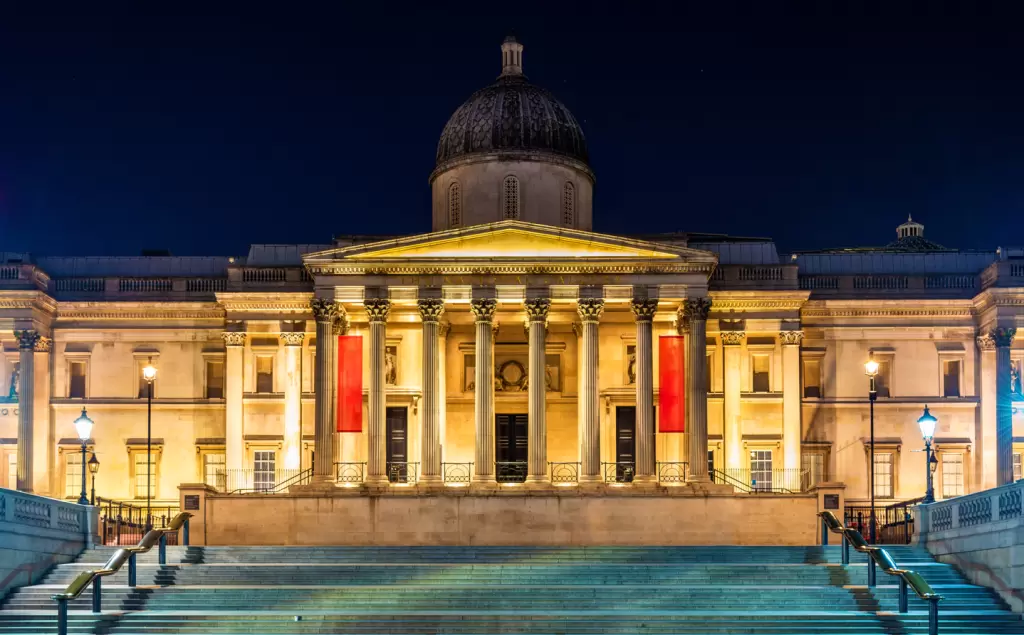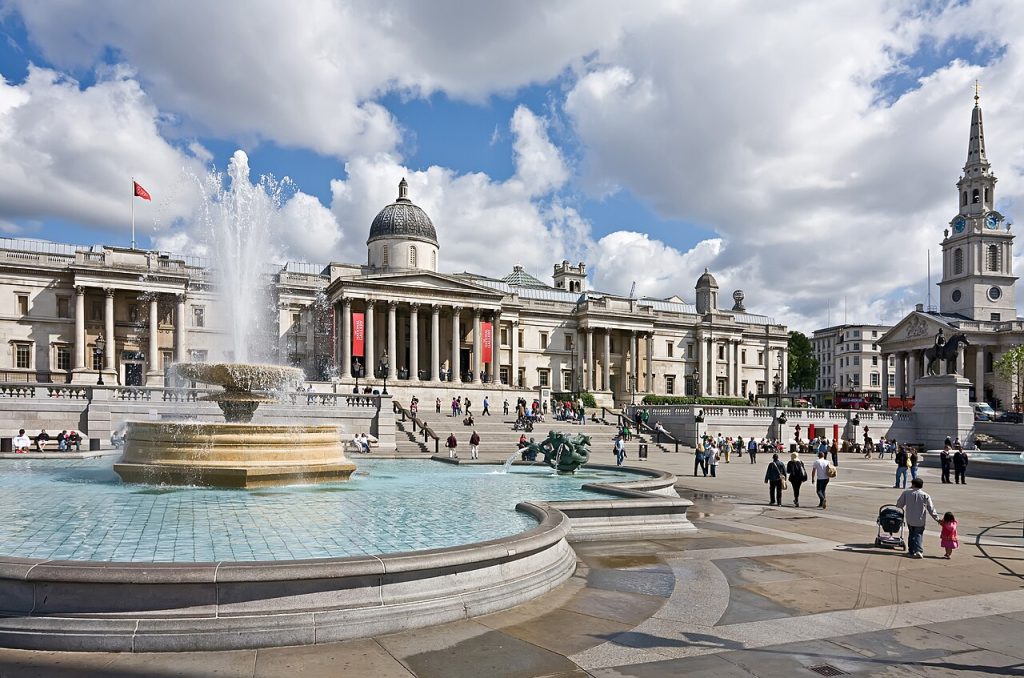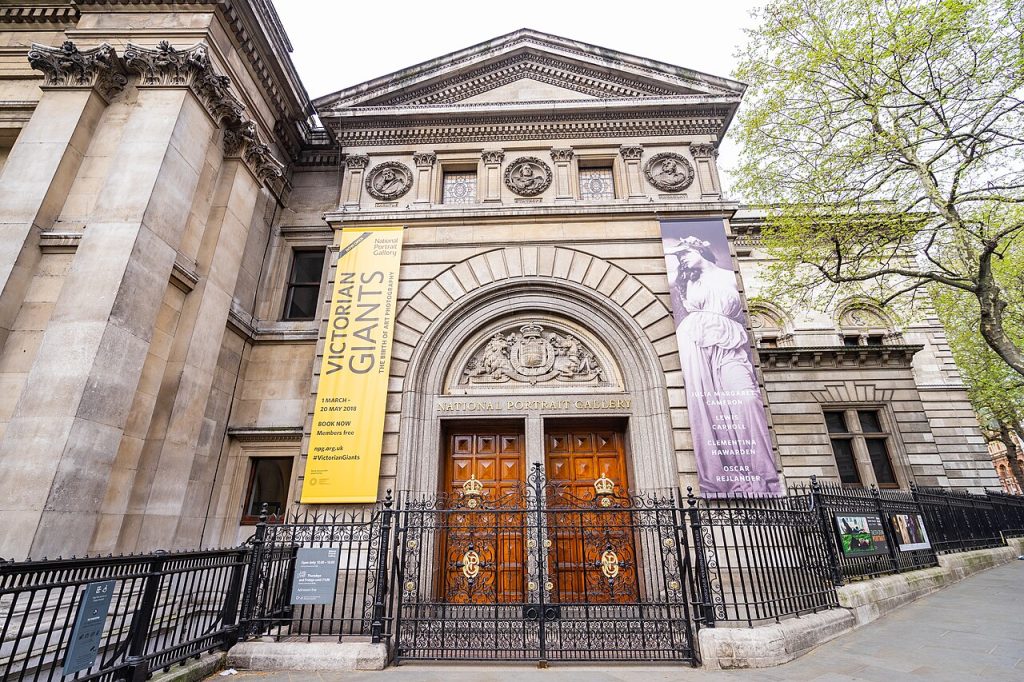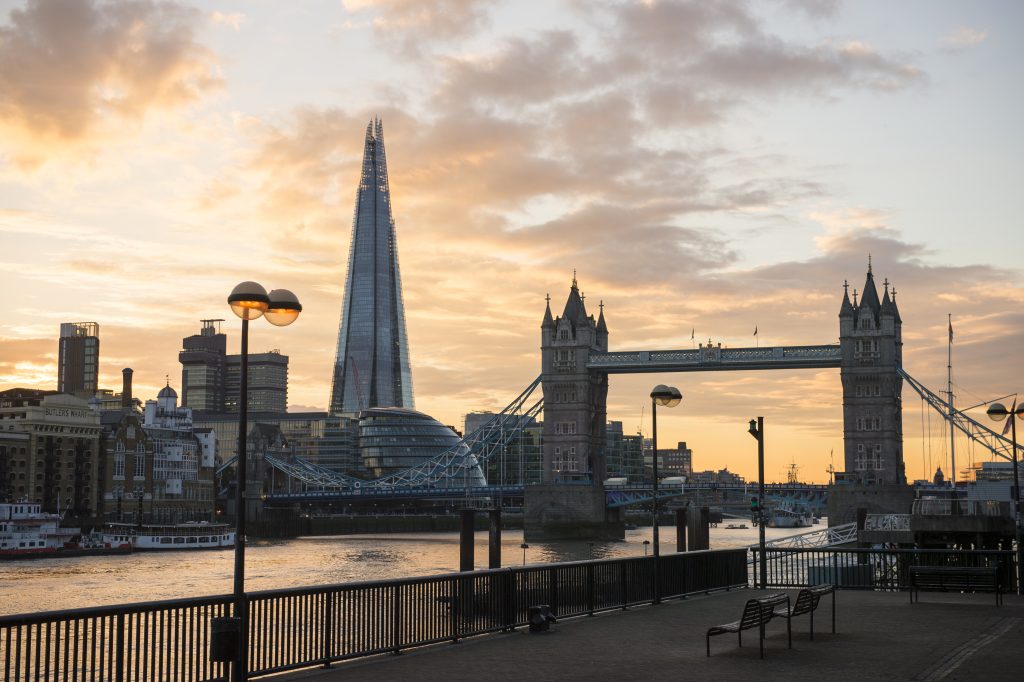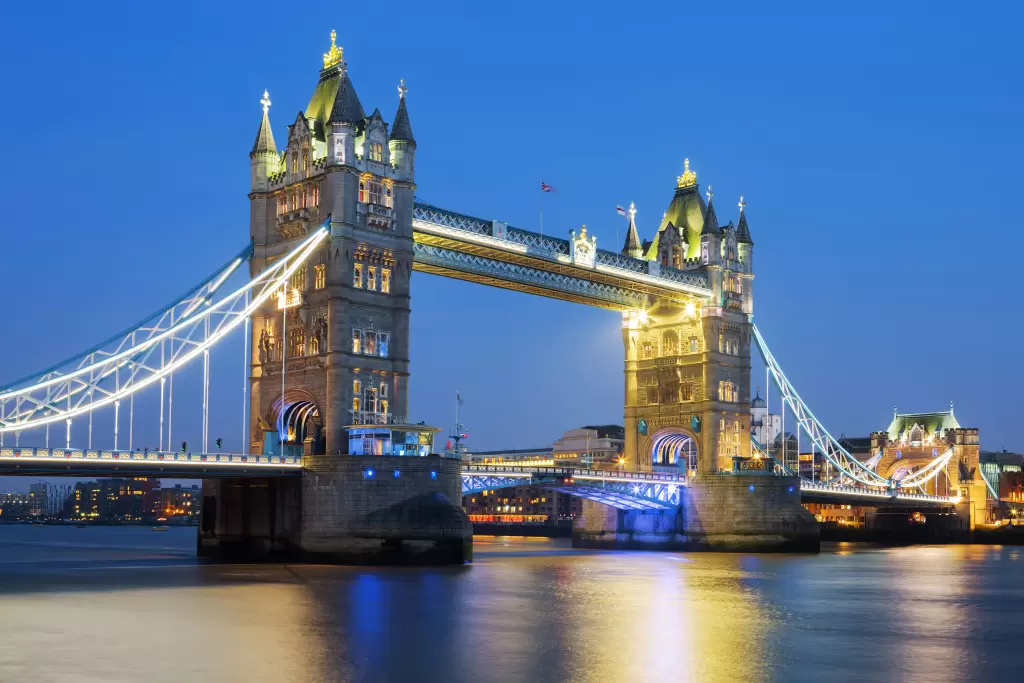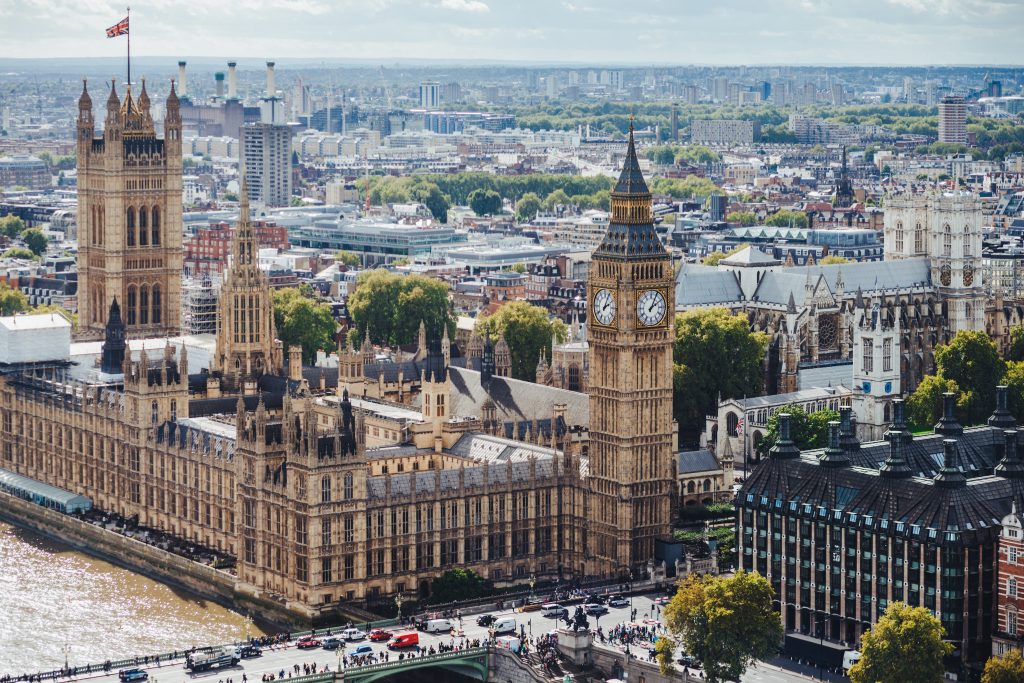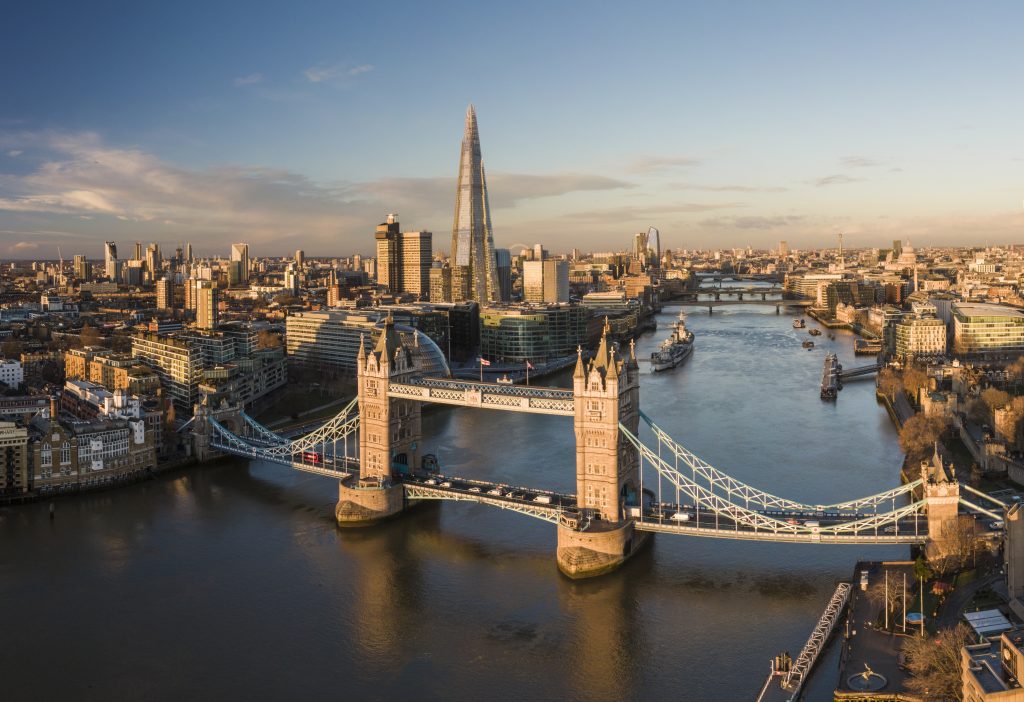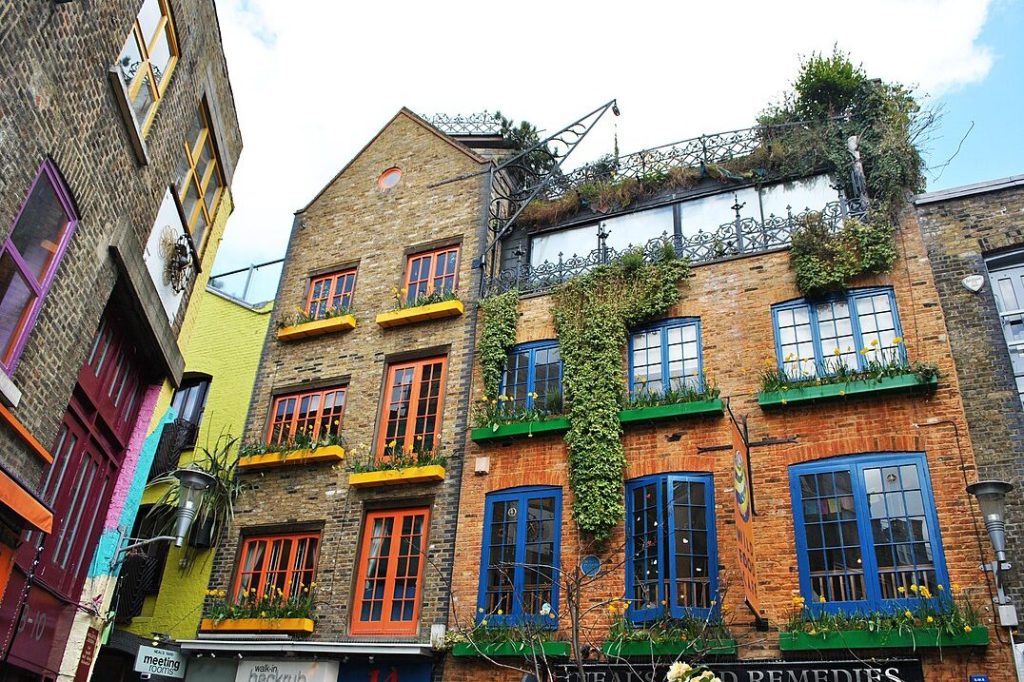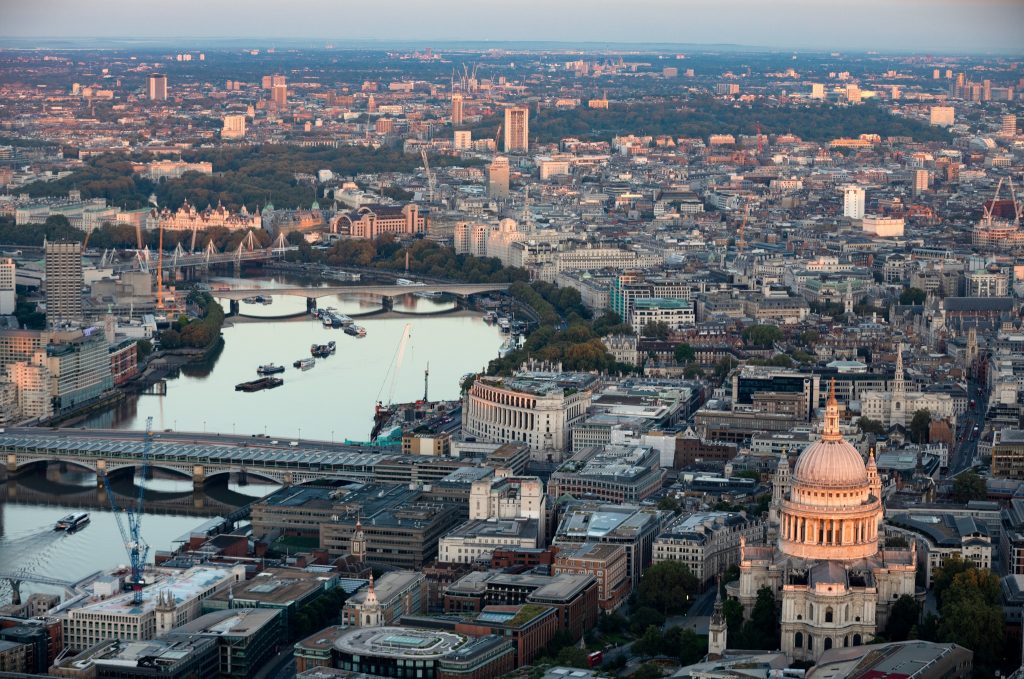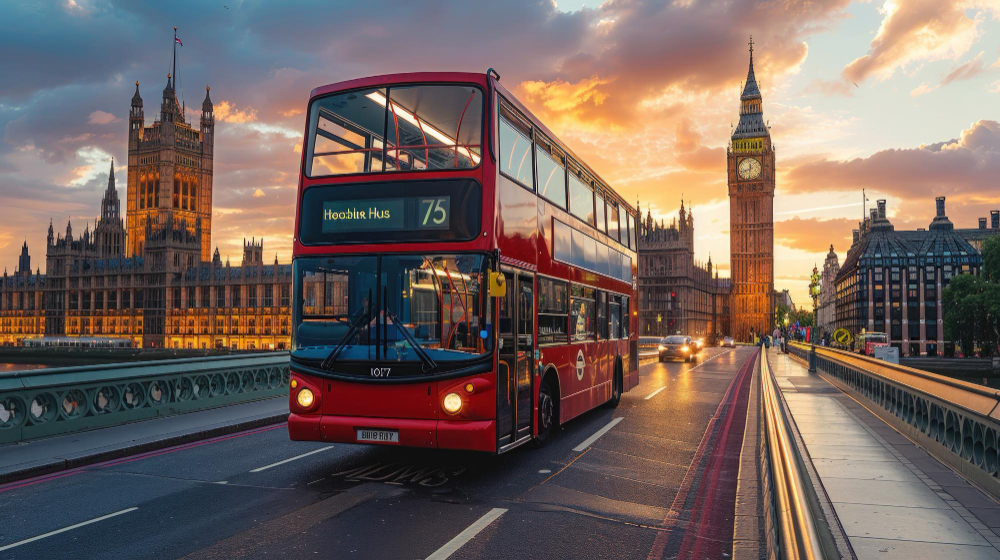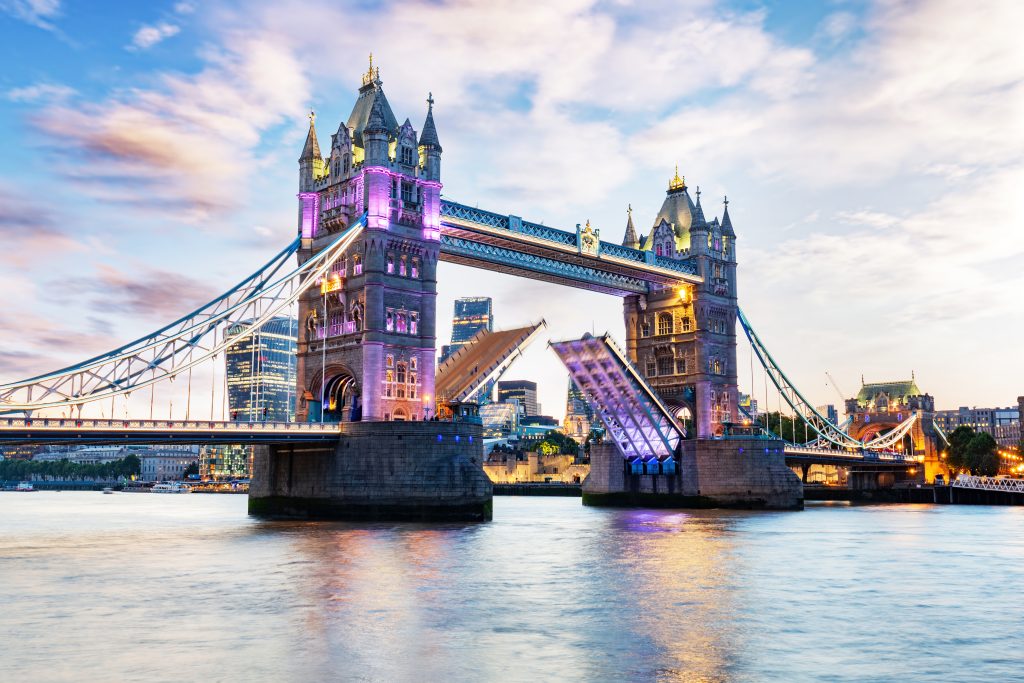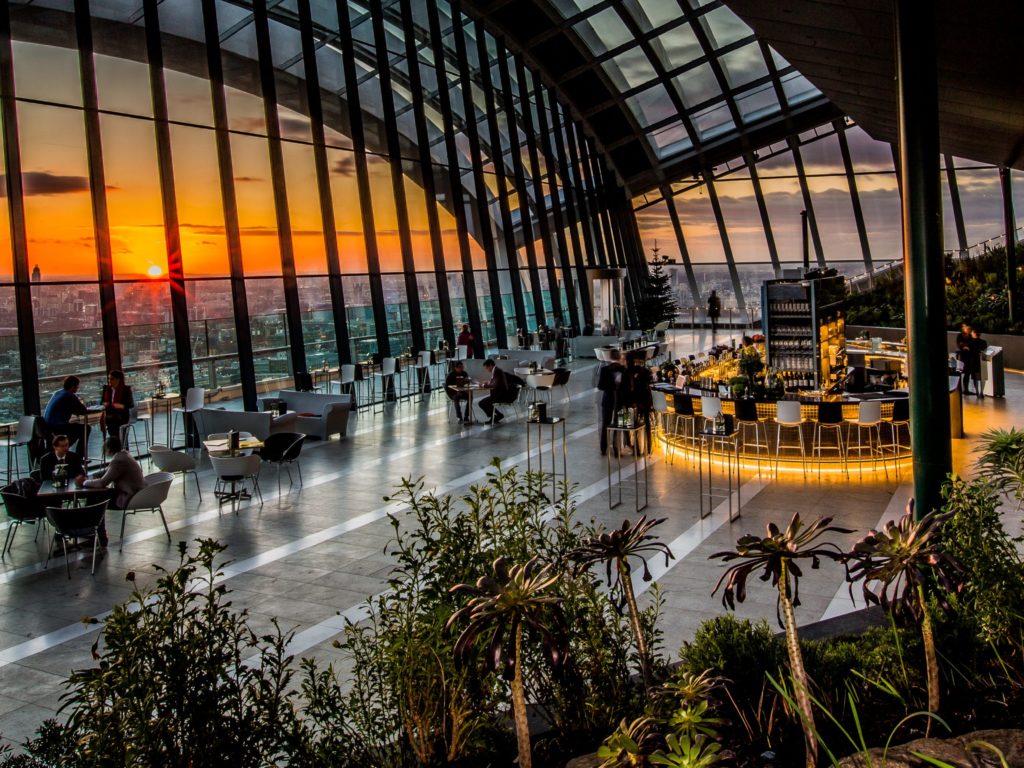- 1️⃣ Parliament Square - history and significance of the square
- 2️⃣ Architecture and surroundings - what you will see around you
- 3️⃣ Big Ben and the Palace of Westminster - icons of London
- 4️⃣ Monuments to great figures - who you will meet in the square
- 5️⃣ Protests and demonstrations - the square as a place for the voice of the people
- 6️⃣ In culture and media - Parliament Square on screen
- 7️⃣ Green oasis in the center of the city - relaxation and views
- 8️⃣ Best times for sightseeing and photos
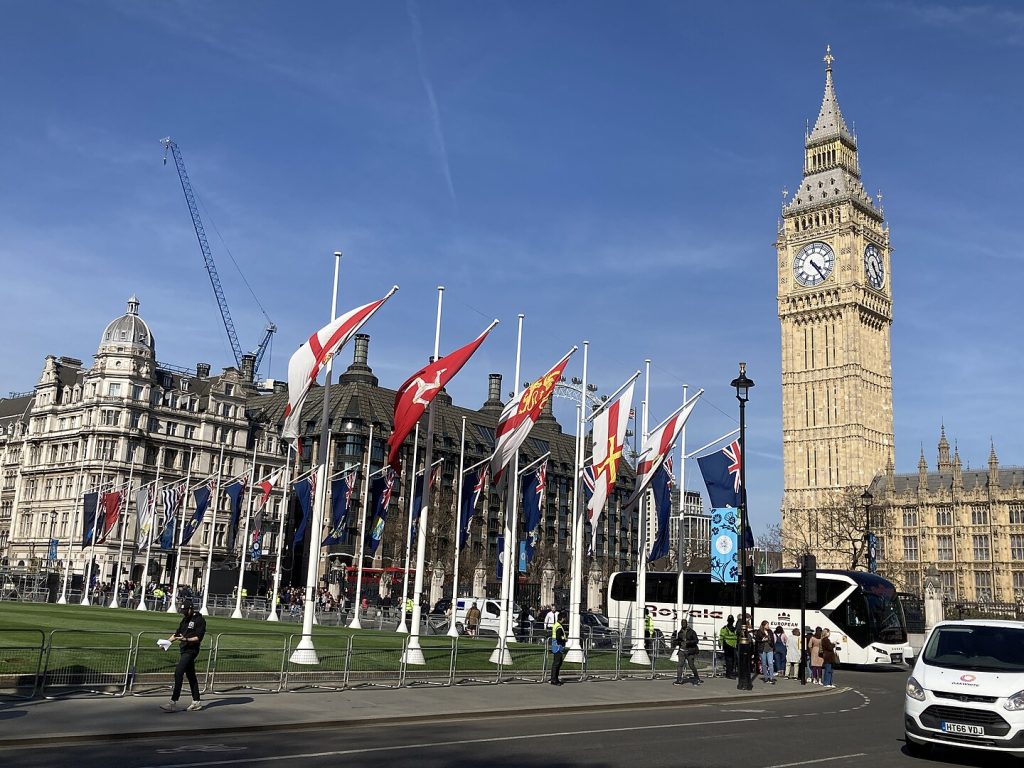
In the heart of London, right next to the Big Ben i Palace of Westminster, is located Parliament Square - a small but highly significant square that for decades has provided the backdrop for major political and social events in the UK. It is here that the paths of tourists, parliamentarians, activists and journalists intersect.
Surrounded by monumental architecture and full of symbolism, Parliament Square is more than a point on the map - is a place where history speaks loudly and democracy lives on every day.
Why come here, what exactly to see and when to do it? You will read about it below - step by step.
1️⃣ Parliament Square - history and significance of the square
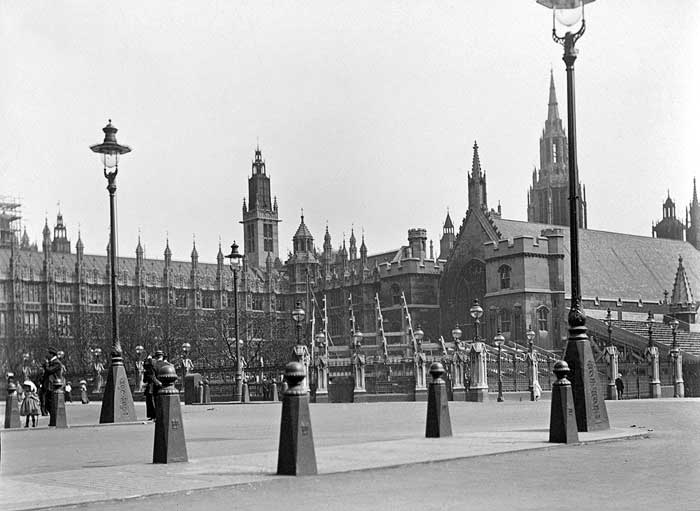
Parliament Square is one of London's most iconic sites, located in the heart of the district of Westminster. It is here that the crossroads of political, historical and tourist themes - The square is bordered by icons of British democracy and attracts both politicians and tourists from around the world.
💠 When was it created and on what occasion?
The square was designed in the mid-19th century by Charles Barry, the architect also responsible for the reconstruction of the Palace of Westminster. It was officially opened in 1868 as the first modern urban square with circular traffic in London. Its creation was intended to clean up the space in front of Parliament and emphasize the importance of state institutions.
💠 The function of the square over the years
From the beginning, he has served as representative - are held here state ceremonies, public gatherings and protests. Over the years it has also become landmark and a destination for tourists who want to see Big Ben, Westminster Abbey whether the seat of the House of Commons close up.
💠 Symbolic meaning
The square is not just a piece of greenery in the center of the city - it's a a space where history meets the present. Monuments standing here include. Winston Churchill, Nelson Mandela i Mahatma Gandhi are reminders of the struggle for freedom, democracy and human rights. Therefore, Parliament Square is not only photo location, but also space for reflection and social awareness.
2️⃣ Architecture and surroundings - what you will see around you
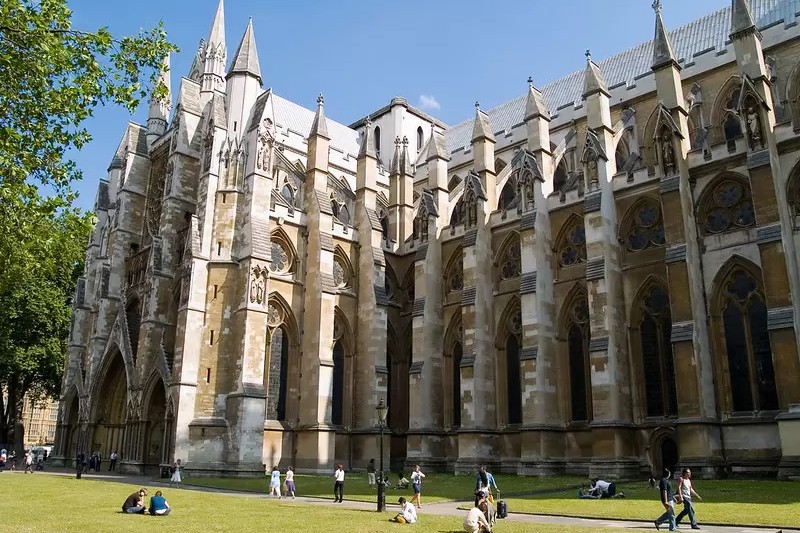
Parliament Square is surrounded by some of the most important buildings in Britain. Each of these buildings has its own unique history and significance, together creating a remarkable political and historical landscape of London.
💠 Palace of Westminster and Big Ben
Without a doubt, the biggest attraction of the square is the monumental Palace of Westminster - seat UK parliament. Right next door rises Elizabeth Tower, which features the famous Big Ben - One of the most recognizable clocks in the world. The Gothic architecture of the palace catches the eye both during the day and at night, when the building is beautifully illuminated.
💠 Westminster Abbey
On the opposite side of the street is the Westminster Abbey, the site of the coronation of monarchs and the burial place of the most important figures in British history. It is one of the oldest and most prestigious abbeys in the country, attracting tourists and pilgrims from all over the world.
💠 Supreme Court building and other buildings
Just off the square is also located UK Supreme Court. - a modern institution in the historic Middlesex Guildhall. You'll also find administrative buildings, historic ministries and politicians' offices in the area.
💠 Greenery and public space
The square itself is Open space with lawn and alleys, which allow you to relax, take photos and observe the daily life of London. You'll also find numerous benches, viewpoints and places to reflect in the shade of the monuments.
3️⃣ Big Ben and the Palace of Westminster - icons of London
Do you travel with your family?
👉 Top 10 - Attractions for kids in London
From dinosaurs to Harry Potter, check out our list of hits for the little ones.
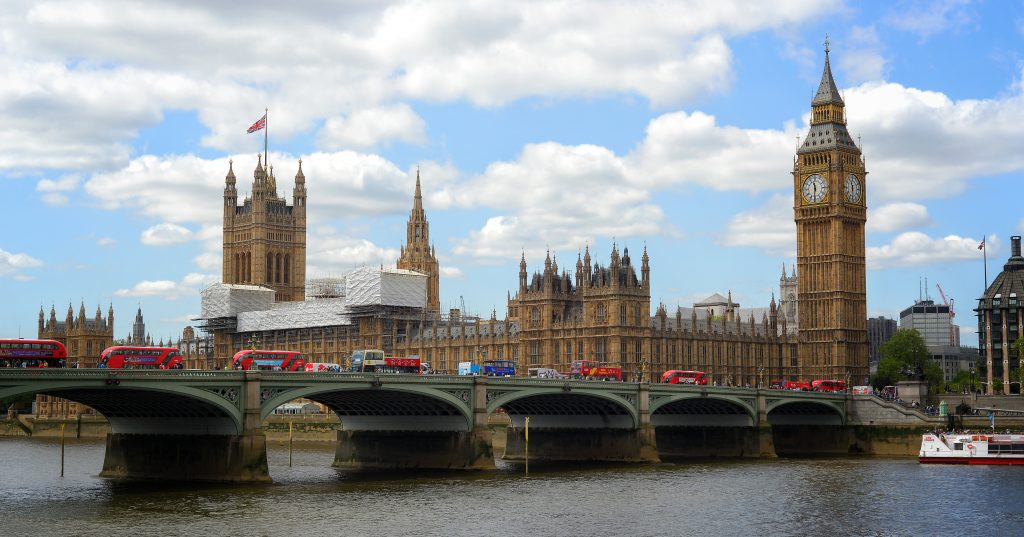
Parliament Square wouldn't be so special if it weren't for its proximity to two of London's most recognizable symbols. Palace of Westminster i Big Ben. These are what give the square its unique character and attract millions of visitors a year.
💠 Big Ben - more than a clock
Although the name Big Ben colloquially refers to the entire tower, it actually refers to the big bell inside the clock tower, officially named Elizabeth Tower. The tower is more than 96 meters high and was completed in 1859. The distinctive sound of the bell rings every hour and is known around the world - a sound that for many symbolizes London.
💠 Palace of Westminster - the seat of parliament
It is in Houses of Parliament - as the Palace of Westminster is colloquially called - gather members of the House of Commons i House of Lords. The palace's Gothic architecture, its soaring towers, decorative details and imposing façade over the Thames make it one of the most beautiful buildings in London. The palace can be toured - tourists can see the Assembly Hall and the famous Westminster Hall, among others.
💠 Symbol of stability and tradition
Both Big Ben and the Palace of Westminster are seen as a symbols of British democracy and statehood. This is where the most important political decisions are made, and at the same time - it is a place full of traditions, ceremonies and national pride.
4️⃣ Monuments to great figures - who you will meet in the square
Do you only have two days? Don't waste your time:
👉 How to visit London in 2 days? - Sightseeing plan
Compact plan with city icons - step by step.
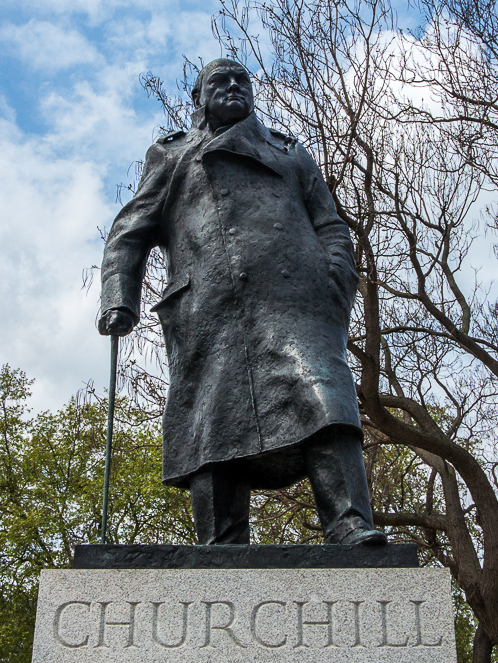
Parliament Square is not only the political center of London, but also a kind of open-air gallery of history. On its grounds there is a nine monuments commemorating prominent figures who have played a key role in British and world history.
💠 Winston Churchill - the face of resistance
The most recognizable monument in the square is the statue of Winston Churchill, Britain's prime minister during World War II. It stands proudly facing the parliament, as if still watching over its deliberations. This place often becomes the backdrop for demonstrations and ceremonies.
💠 Mahatma Gandhi - the power of peaceful protest
On the lawn in front of the parliament is a modest but meaningful statue of the Mahatma Gandhi. This Indian spiritual and political leader symbolizes the non-violent struggle, which fits perfectly with the idea of the square as a space for public debate.
💠 Nelson Mandela - the voice of freedom
Monument Nelson Mandela, South African president and anti-apartheid activist, is a reminder of the global importance of the struggle for equality and human rights. It is also a tribute from the UK to his legacy.
💠 Other characters - the story in different scenes
In the square you will also find statues of such people as. David Lloyd George, Abraham Lincoln, Benjamin Disraeli, Robert Peel, George Canning whether Jan Smuts. Each of them represents a different era, views and achievements - but they are united by their influence on the fate of the world.
5️⃣ Protests and demonstrations - the square as a place for the voice of the people
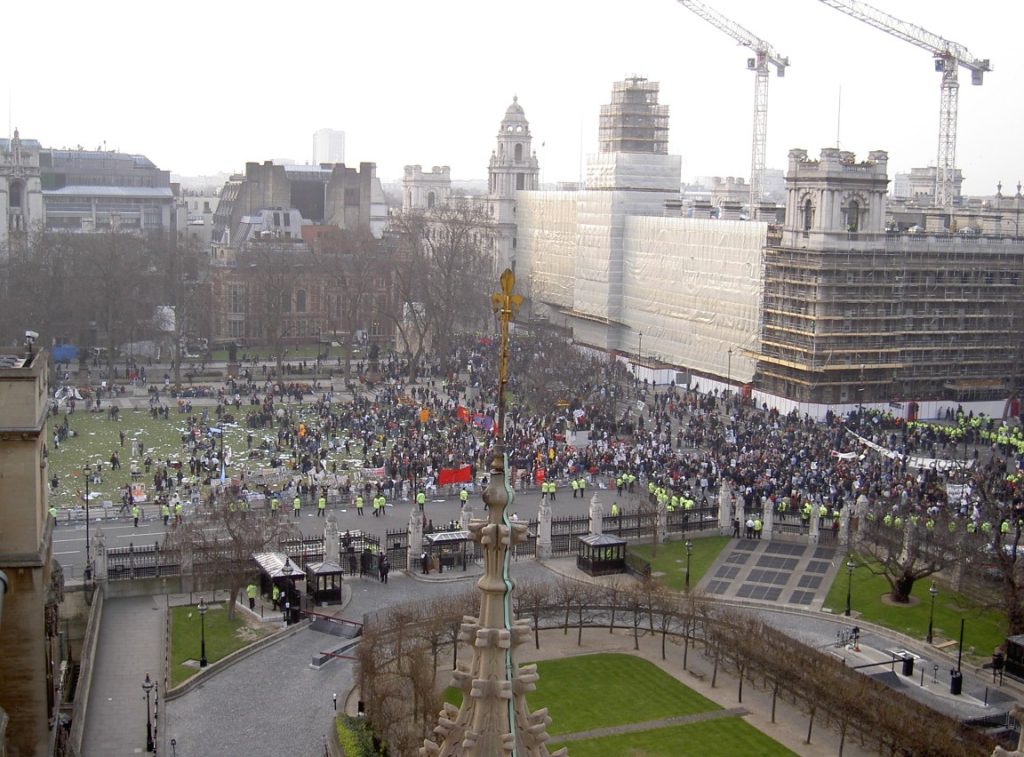
Parliament Square is not only a place full of history and monuments - it is also a living space of democracy, in which citizens express their opinions, objections and demands. Its proximity to Parliament means that this is where some of the most important social and political demonstrations in the UK take place.
💠 The tradition of freedom of speech
For decades, the square has been an arena peaceful protests, rallies and public gatherings. Londoners, activists from all over the country and sometimes the world - this is where they manifest their views on human rights, climate, Brexit, education, war or social justice.
💠 Brian Haw and the permanent protest
One of the most well-known protesters was Brian Haw, who from 2001 until his death in 2011 led the uninterrupted anti-war protest It was precisely in Parliament Square. Its presence has become a symbol of freedom of speech and civil resistance - despite numerous attempts by the authorities to remove it.
💠 A place of debate, not conflict
Although there are tense situations, the square usually remains a place for the peaceful expression of views. The police watch over the safety of the demonstrations, and participants treat the space with respect. This is where democracy takes the most direct form - the voice of the citizen on the street.
6️⃣ In culture and media - Parliament Square on screen
Parliament Square, thanks to its recognition and location, appears regularly in the Movies, TV series, news programs and live reports from London. This is one of the city's most "movie" corners - as popular as Tower Bridge or Piccadilly Circus.
💠 Background for political events
Due to its proximity to the parliament, this is where reporters covering the most important debates, votes and political crises. The view of the square with Big Ben and Westminster Abbey in the background often accompanies the evening news on the BBC or Sky News.
💠 Big screen and series
Parliament Square can be seen in such films as "V for Vendetta", where it forms the backdrop for protests against the regime, or in James Bond productions, where it often appears as part of the London landscape. The square can also be seen in series like "The Crown" whether "Doctor Who", which benefit from its symbolic meaning.
💠 Popular culture and music videos
In addition to cinema and television, Parliament Square also appears in music videos, promotional materials and computer games. It's a space that audiences from all over the world will recognize, even if they've never been to London.
💠 Symbol of the city
For many tourists, the image of Parliament Square - with its silhouette of Big Ben and crowds of people on the green lawn - has even become a synonymous with London. Not surprisingly, visual culture creators are eager to use this approach as a a key part of the narrative about Britain.
7️⃣ Green oasis in the center of the city - relaxation and views
Do you like free attractions?
👉 Top 10 - Free museums in London
London doesn't have to be expensive - you'll see these places without a ticket.
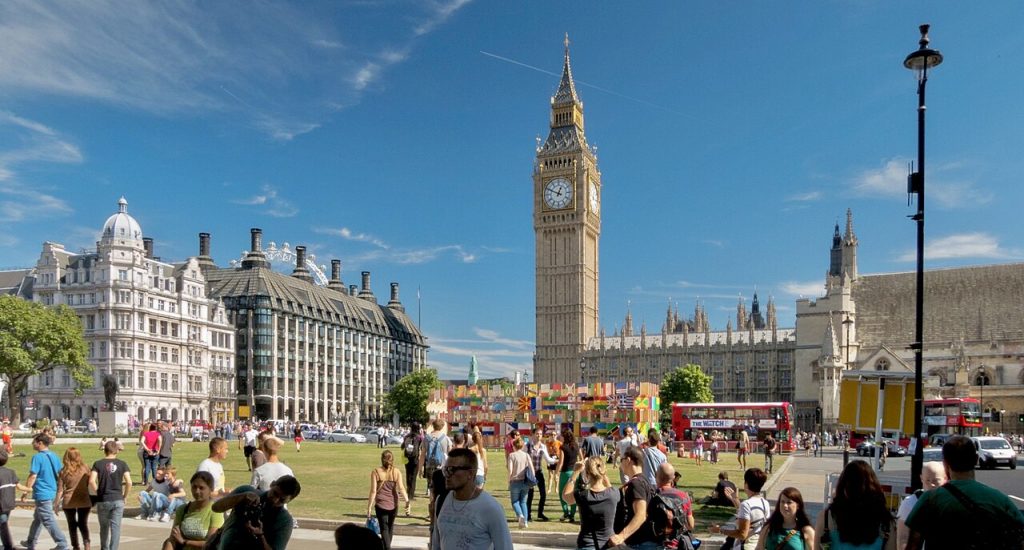
Although Parliament Square is surrounded by some of the most important state buildings in Britain, the square itself remains a open and green space, where you can slow down for a while. It's a place where history meets everyday city life - and where Londoners and tourists alike find a moment of respite.
💠 Lawn overlooking Big Ben
The central part of the square is occupied by a small but well-kept lawn, which offers a view of the clock tower (Elizabeth Tower) and the facade of the Palace of Westminster. On sunny days, people sit on the grass, take photos, eat lunch or just watch the passing pedestrians and traffic.
💠 An open place for all
The square is public and friendly - There are no fences or barriers to restrict traffic. This makes it a natural stop while exploring London. You can relax here between a visit to Westminster Abbey and a stroll along the Thames.
💠 A place for reflection and observation
Although it can be crowded at times, Parliament Square has the urban quiet zone - The presence of monuments and monumental edifices gives it solemnity. Here you can stop for a moment of reflection, listen to the sound of Big Ben's bells or just feel the rhythm of the British capital.
8️⃣ Best times for sightseeing and photos
Parliament Square is a place that changes its face depending on the time of day and year. To fully appreciate its atmosphere and capture the best frames, it's a good idea to plan your visit in advance - especially if you're looking for unique photos or a quiet walk.
💠 Early morning - silence and soft light
The best time for a quiet tour is morning hours - between 7:00 a.m. and 9:00 a.m.. The square is then less crowded, and light of the rising sun beautifully highlights the architectural details of Big Ben, the Abbey and nearby monuments. The perfect time for photos without the crowds.
💠 South - living life to the fullest
Around noon, the square bustles with activity. Tourists take pictures, office workers eat lunch on the grass, and tour guides show groups around. This is a good time to feel the rhythm of the city, although it's harder to get quiet shots then.
💠 Sunset and evening illuminations
Just before dusk, it is worth returning to see the The square in the warm colors of the setting sun. After dark, many buildings - especially the Palace of Westminster - are strikingly highlighted, which gives a completely different atmosphere and favors night photography.
💠 Time of year matters too
In spring and summer, the square is greener and full of people, in autumn it takes on golden tones, and in winter - although colder - it gains in atmosphere. Each season brings something different, and it's worth considering in your plans.
9️⃣ Events, celebrations and special moments
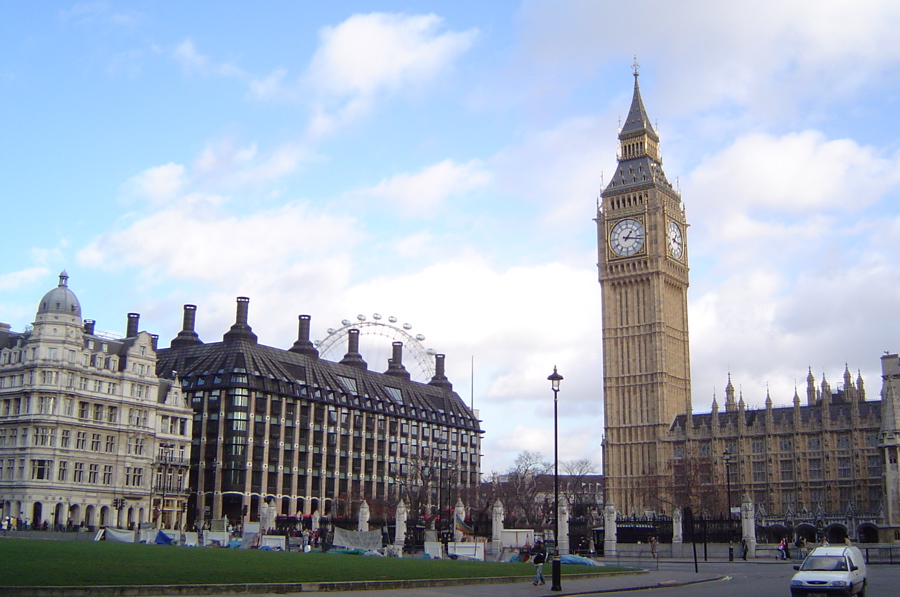
Parliament Square is not only a space for daily walks and protests - it is also a venue for important state ceremonies, diplomatic visits and symbolic events, which focus national attention.
💠 National celebrations and anniversaries
Throughout the year, the square takes place ceremonies commemorating important historical events, such as anniversaries of the end of World War II, Remembrance Day or anniversaries of the monarchy. At such moments, the square is filled with crowds of people, wreaths and honorary guards.
💠 Visits by heads of state and leaders
During visits by foreign leaders, Parliament Square often becomes one of the highlights - flowers are laid at monuments, short speeches are made here, or meetings are held with the media. This underscores the importance of the square as a place symbolic dialogue and memory.
💠 Sudden events and historic moments
In moments of crisis or political breakthroughs, this is where they gather London residents and journalists. Speeches by prime ministers, reactions to important parliamentary decisions or spontaneous assemblies - Parliament Square sometimes witnesses history being written live.
💠 Modern forms of expression
It happens that the square becomes a backdrop for the art installations, happenings or performances, which aim to draw attention to important social issues. This keeps the space relevant and open to contemporary forms of communication.
🔟 How to get there and what to see in the area
Parliament Square is located in the heart of London, making it a getting to it is easy and convenient, whether you get around by public transportation, on foot or by bicycle. There are also many other tourist attractions, which are worth visiting on occasion.
💠 Access by metro and bus
The nearest metro station is Westminster Station, served by the Jubilee, District and Circle lines. The exit from the platforms leads almost directly to the square. The area is also served by a number of city buses, stopping at Bridge Street, Whitehall and Victoria Embankment.
💠 A walk from other attractions
Parliament Square is a short walk from such places as:
- London Eye (About a 10-minute walk across Westminster Bridge),
- St James's Park and Buckingham Palace (about 15 minutes),
- Trafalgar Square and the National Gallery (about 15 minutes down Whitehall Street).
💠 Worth seeing in the area
In addition to Big Ben and the Palace of Westminster, visit:
- Westminster Abbey - The interior is very impressive,
- 10 Downing Street - Prime Minister's residence (view from outside the gate),
- Churchill War Rooms - An underground command center from the war,
- Thames and Westminster Bridge - ideal place for photos.
💠 Facilities for tourists
Nearby are cafes, souvenir stores, tourist information centers and public transportation stops. The square is also adapted for people with disabilities.
📌 Summary
Parliament Square is not just a square in central London - it's a the living heart of British democracy, a place where history meets the present and monumental architecture adjoins the daily life of the city. Surrounded by such icons as Big Ben, Palace of Westminster whether Westminster Abbey, is a must-see on every tourist's map.
It is also a space where reflection, memory and civic voice are mixed - Through monuments, protests, ceremonies and the daily presence of people. Easy access, scenic views and proximity to other attractions make it worth stopping by - not only for a photo with the clock, but also to understand the spirit of London.
If you want to get to know the city from its values, history and symbols - Parliament Square will be a perfect start.
🏰 Tower of London is one of the most fascinating places in all of United Kingdom - full of legends, dark stories and royal glamour.
👑 If you want to see more than just a few photos and read trivia, be sure to watch our video, in which we show all the Tower's highlights: the White Tower, the Crown Jewels, the Ravenclaws, the Bloody Tower and much more. 📽️
🔎 Want to know more about Free observation decks in London?
🎥 Watch our video to learn more 🌆
📍 Attractions in the area
🔗 Articles similar in subject matter
🔥 Most popular articles in the last week
❓ Frequently asked questions
Best times to visit Parliament Square is an early morning, especially between 7:00 a 9:00, when many tourists are still sleeping and the light is perfect for photography. Another good time is in the late afternoon after an hour of 17:00, when most of the tours are already completed.
This way you will avoid crowds and be able to take beautiful photos without an excess of passersby. It's also a good idea to visit the square on weekdays, when there are fewer tourists than on weekends.

